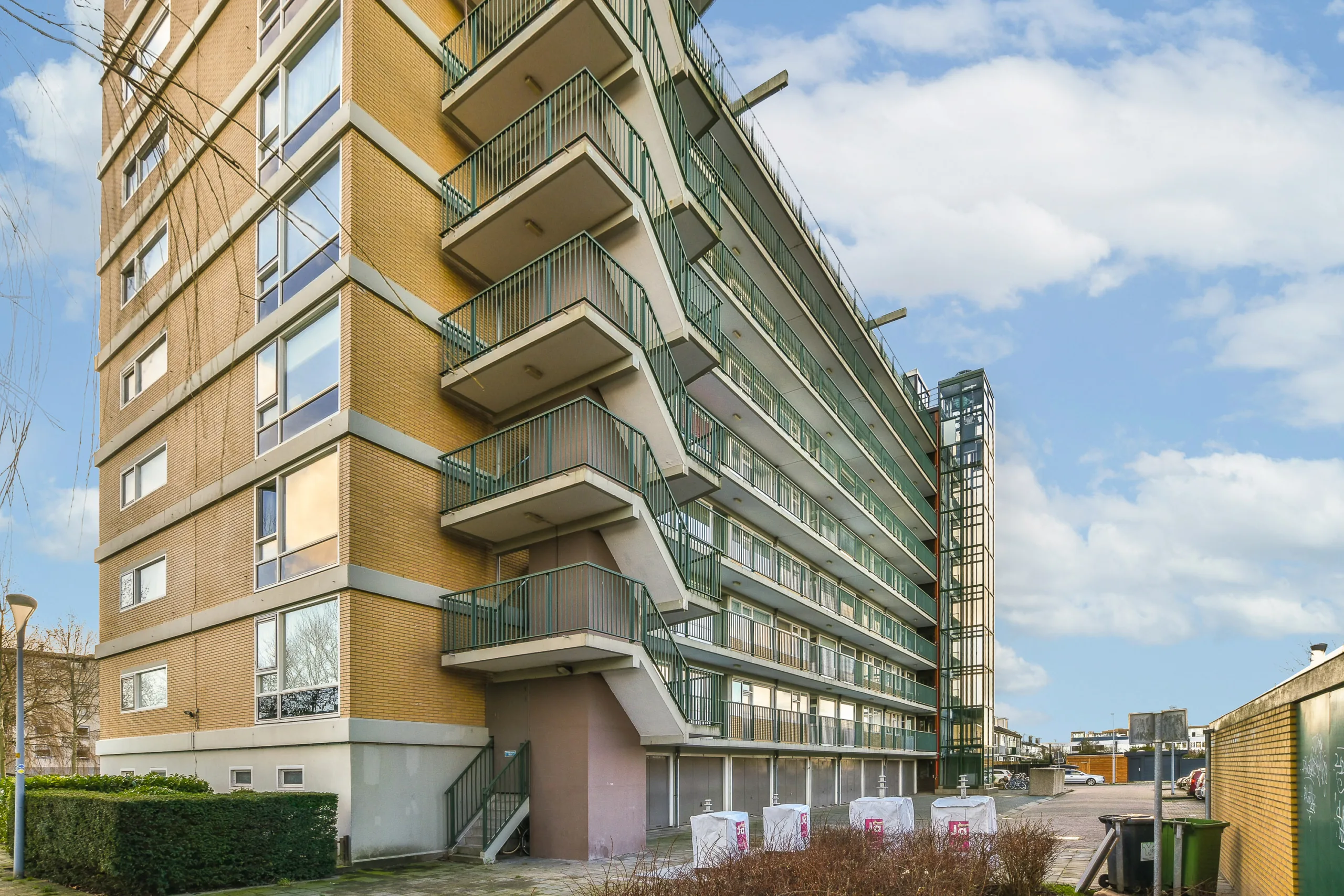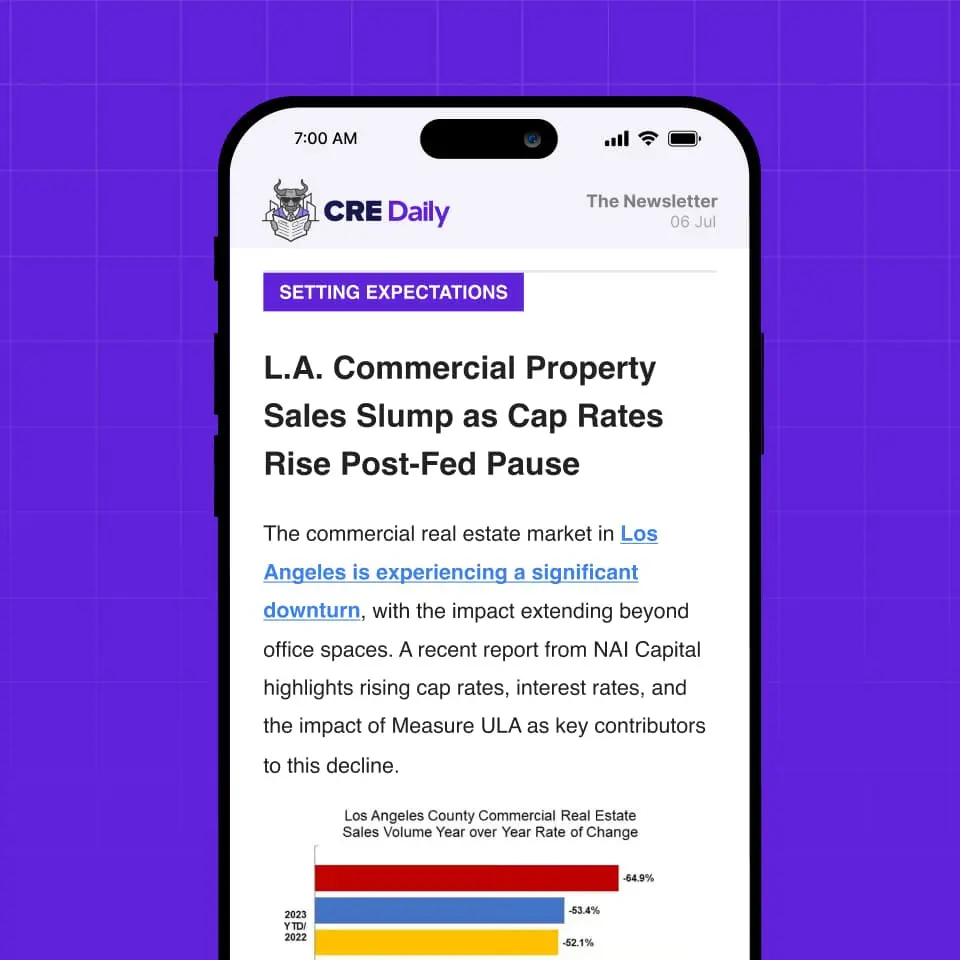- Real estate investors are turning to space, targeting opportunities in lunar data centers and terrestrial infrastructure to support space exploration.
- Companies like Hines and Ethos are investing in facilities and materials to develop data centers in space, leveraging benefits like unlimited solar power and natural cooling.
- Despite softening demand for industrial warehouses overall, facilities near space hubs—such as Florida’s Space Coast—are in high demand for space-driven logistics and manufacturing.
As the space race accelerates, real estate investors are making early bets on the next frontier: outer space, reports CNBC. From lunar construction to logistics centers along Florida’s Space Coast, firms like Hines and Ethos are building infrastructure to support space exploration—both on Earth and beyond.
Lunar Leap
The latest real estate frontier is off-world. Investors and developers are now eyeing the moon for future data centers. Unlike Earth-bound facilities, data centers in space face fewer limitations. On Earth, power and cooling are growing challenges. In space, centers can harness constant solar energy and use the vacuum of space for natural cooling. This creates a fully decarbonized energy model.
Companies like Ethos and ICON are at the forefront of moon-based construction. Ethos is developing lunar cement made from anorthosite, a mineral found on the moon, to build foundations, landing pads, and even roads. ICON, meanwhile, is working with NASA on 3D printing tech for lunar and Martian habitats.
Get Smarter about what matters in CRE
Stay ahead of trends in commercial real estate with CRE Daily – the free newsletter delivering everything you need to start your day in just 5-minutes
The Infrastructure Race On Earth
Supporting the space economy still requires boots on the ground. In Florida, Hines recently acquired the Titusville Logistics Center. The nearly 250K SF industrial facility is fully leased to aerospace tenants. Demand is expected to grow in space-adjacent regions like Florida and Texas, despite a general softening in the US warehouse market.
According to Yardi Research, national warehouse vacancies rose to 8.5% in May, up 290 basis points year-over-year. Starts on new warehouse construction are also slowing, projected to hit their lowest levels since 2018. But space-related logistics hubs remain an exception.
Why It Matters
Real estate linked to the space economy represents a rare high-growth frontier. Analysts compare the current moment to the early days of the railroads, where infrastructure development led to long-term urban and economic growth. Space-related assets—both on Earth and the moon—could see similar gains.
David Steinbach, CIO at Hines, says, “This is one of those moments where you’re building the rails of the future—except they’re going into orbit instead of across the country.”
What’s Next
Investments in lunar construction tech, Earth-based logistics, and orbital infrastructure are expected to grow—particularly if interest rates ease. If capital begins to flow more freely, expect an uptick in space-focused development.
While commercial space travel and moon bases may still feel far off, the real estate race to support them is already underway—and investors don’t want to miss the launch.

















